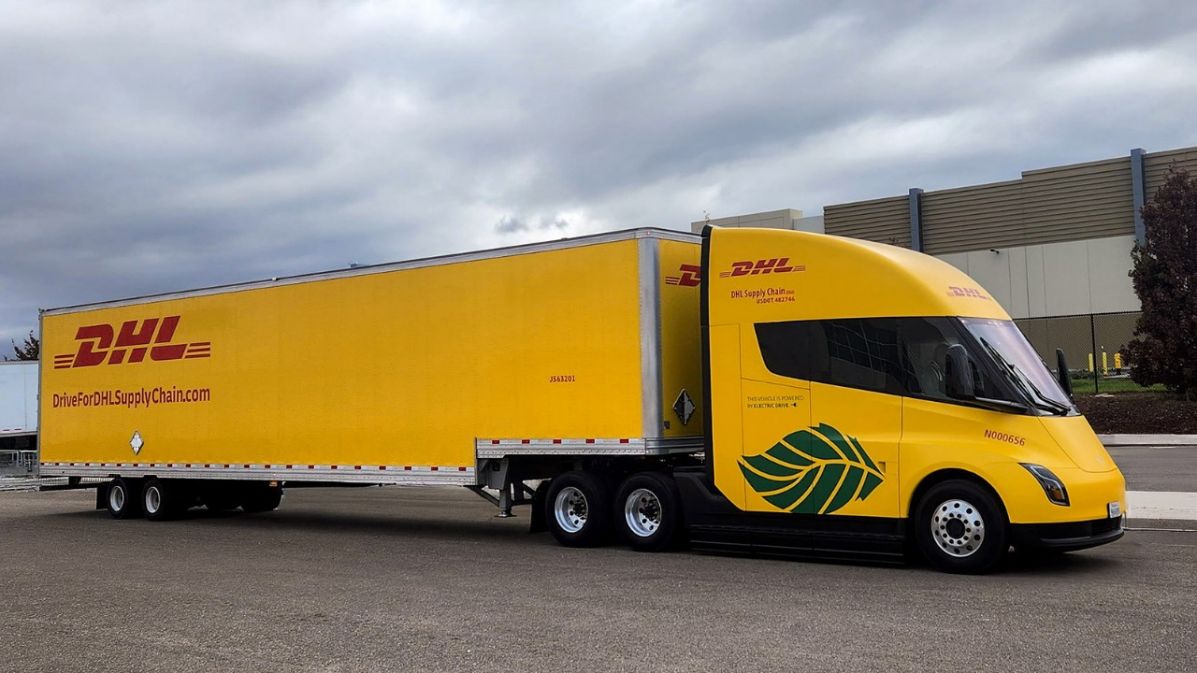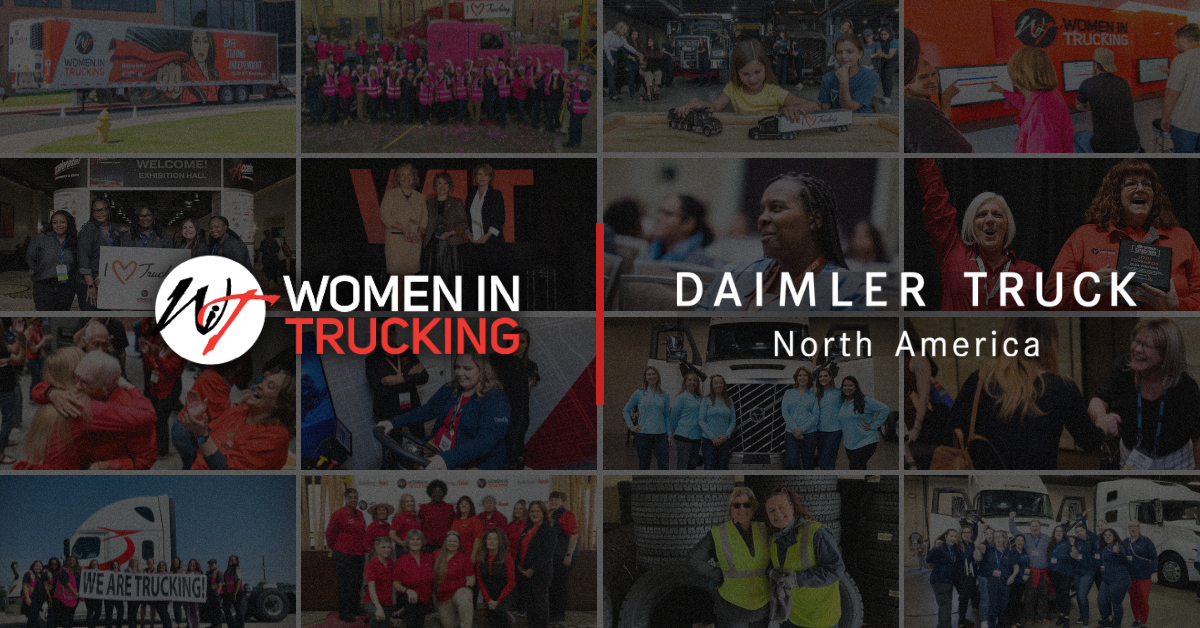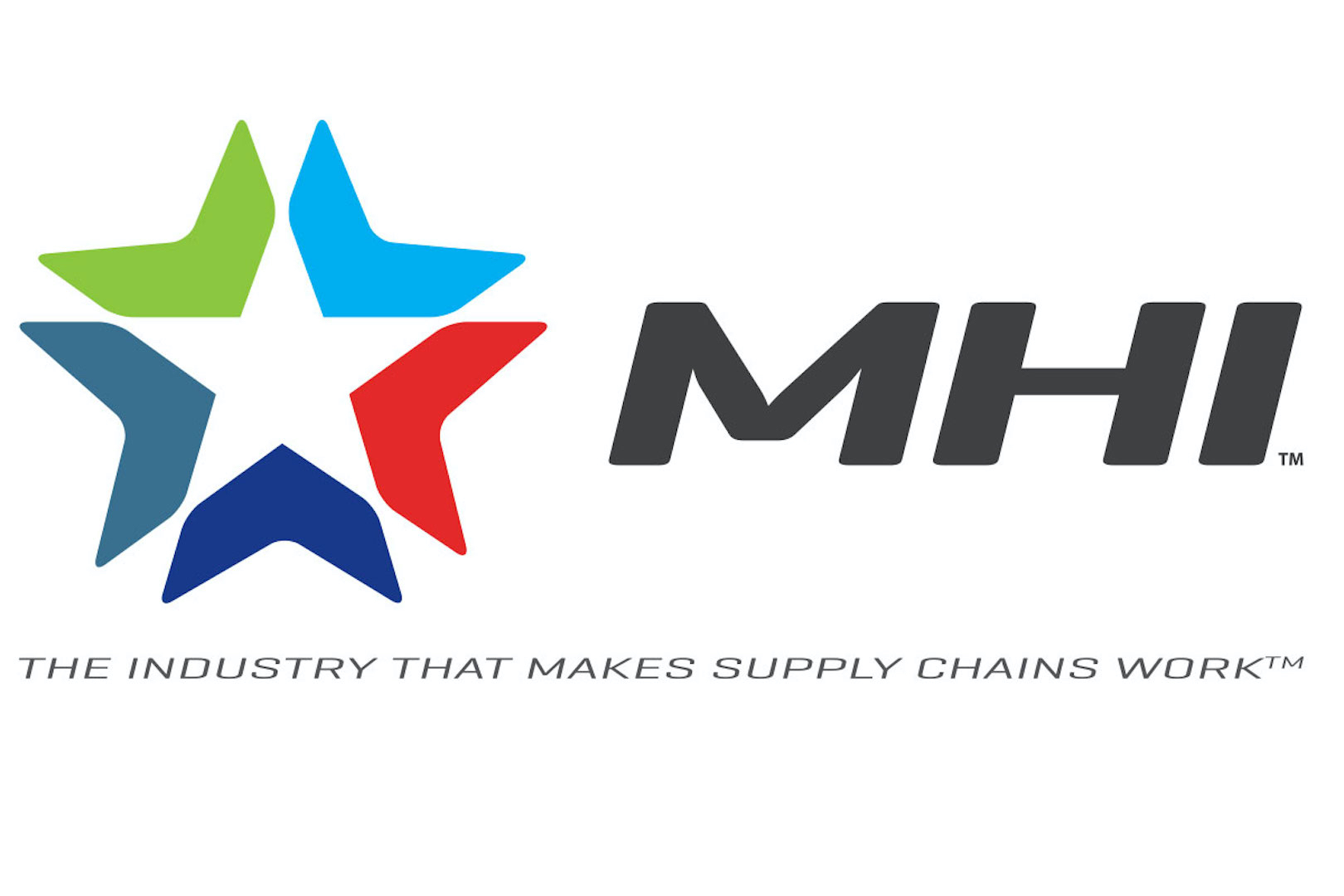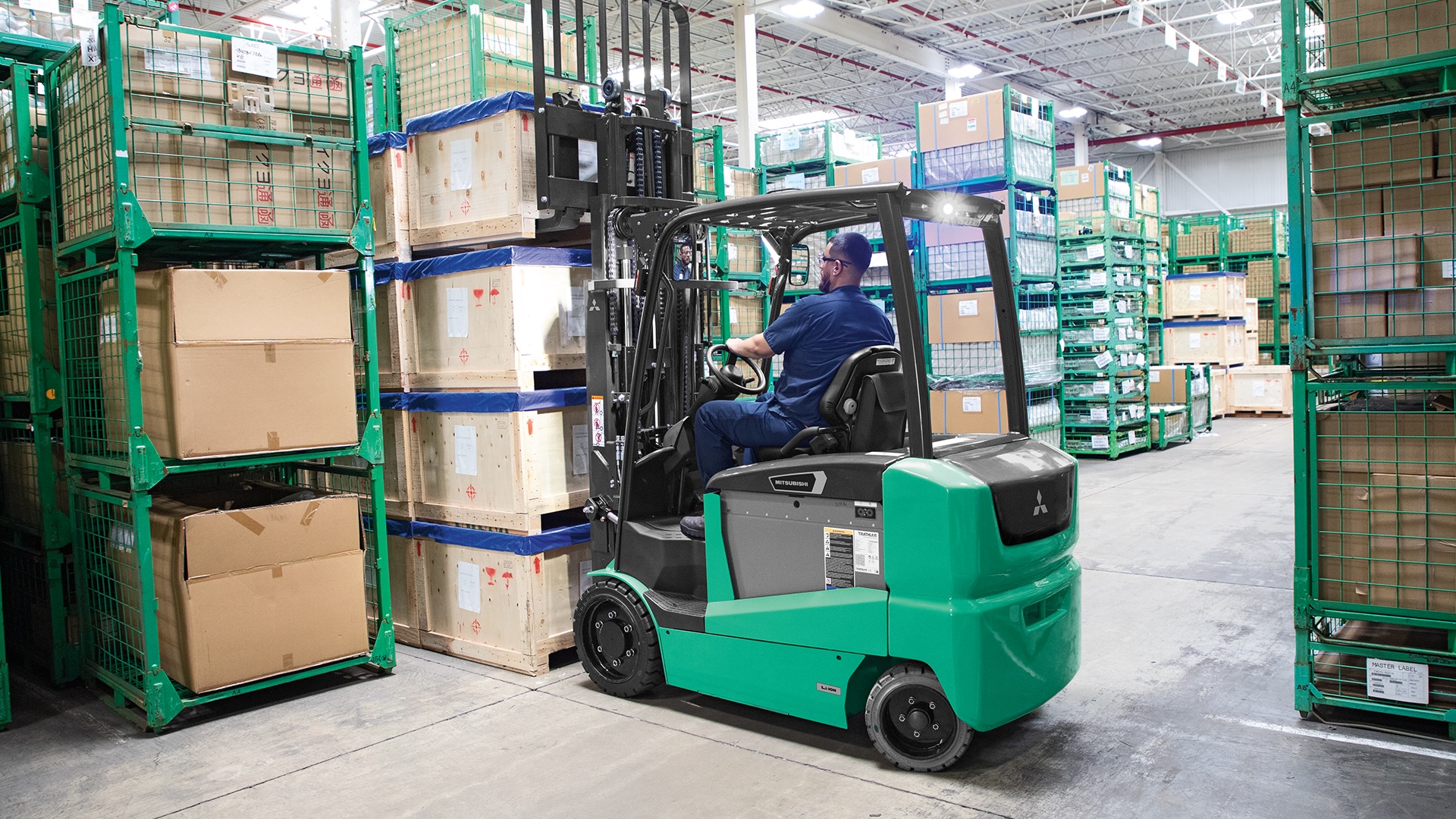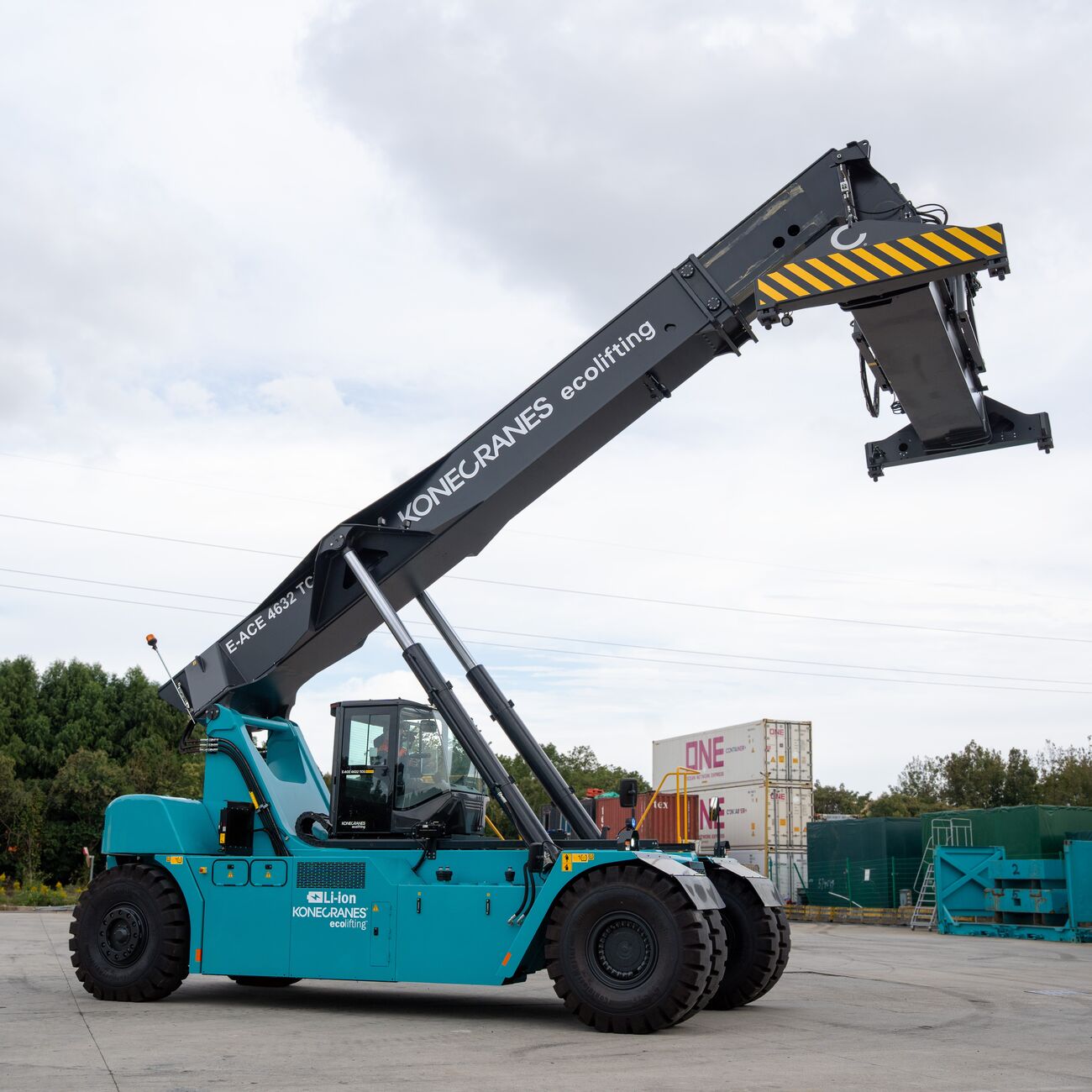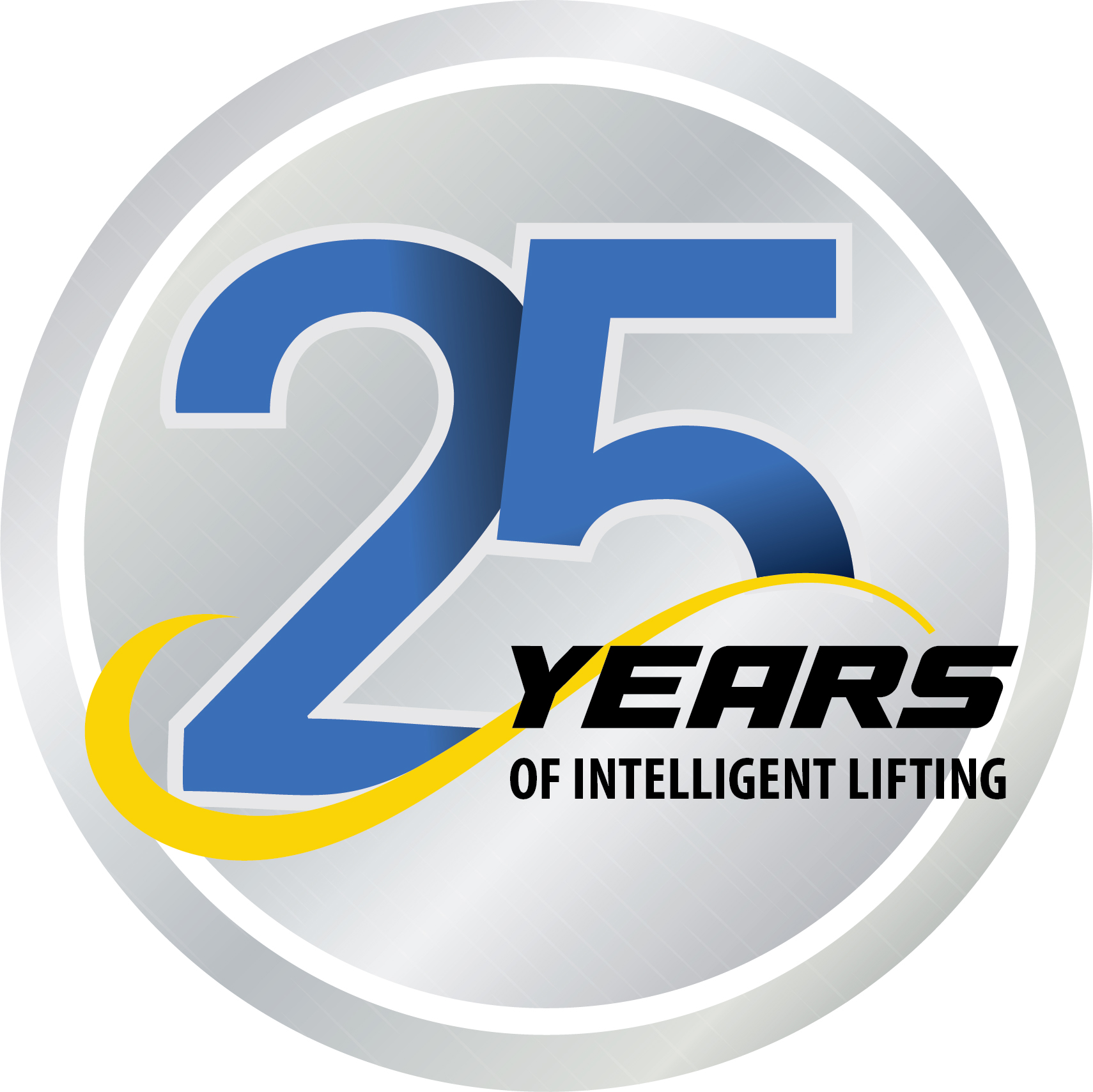MHI Releases Annual Industry Report
MHI has released the fourth in a series of Annual Industry Reports developed in collaboration with Deloitte Consulting. The 2017 MHI Annual Industry Report, titled “Next-Generation Supply Chains: Digital, On-Demand and Always-On,” provides new insights into trends and technologies that are having a dramatic impact on supply chains and the people who run them.
According to the report, nine technologies are working together to create next-generation supply chains that are digital, on-demand and always-on. These supply chain models will soon become the new supply chain reality. Eighty percent of survey respondents believe digital supply chains will be the predominant model within 5 years. Sixteen percent say they already are.
This year’s report provides updates on the eight innovative technologies MHI predicted would have the most potential to transform supply chains three years ago when the MHI Annual Industry Report was launched. The 2017 report also covers the potential of these technologies to disrupt the industry as well as their adoption rates and barriers to adoption. The eight technologies are:
- Inventory and network optimization
- Sensors and automatic identification
- Cloud computing and storage
- Robotics and automation
- Predictive analytics
- Wearable and mobile technology
- Autonomous vehicles and drones
- 3D printing
This year’s survey revealed the emergence of a ninth innovation, the Internet of Things (IoT) that has growing importance in the digital economy.
“With a strategic focus and the courage to collaborate, leading firms are utilizing these technologies to create digital capabilities that give them the competitive advantage they need to survive and thrive in today’s on-demand economy,” said George Prest, CEO of MHI.

George Prest, CEO of MHI
Potential to disrupt and create competitive advantage
A full 92 percent of respondents (up from 83 percent last year) believe at least one of the nine technologies could be a source of competitive advantage or disruption in their industry in the next 10 years.
The top technologies respondents say can be a source of either disruption or competitive advantage are:
- Robotics and automation (61%, up from 39% in 2015)
- Predictive analytics (57%, up from 38% in 2015)
- The Internet-of-Things (IoT) (55%, new category in 2017)
- Sensors and automatic identification (53%, up from 42% in 2015)
- Driverless vehicles & drones (54%, up from 30% in 2015)
- Adoption Rates
Cloud computing and storage, along with sensors and automatic identification, are leading in terms of adoption rates (in-use today), with 50% and 49%, respectively. Over the next two years, the adoption of these technologies is expected to grow to 73% and 70% respectively.
The technology predicted to be most adopted within the next two years is Inventory and Network Optimization, forecasted at a 75% adoption rate. Over the same time frame, Robotics and Automation adoption is expected to reach a 63% adoption rate, followed by IoT at 54% and Predictive Analytics at 52%.
Supply Chain Talent Gap
To implement any of these technologies, firms need access to a skilled supply chain workforce. This has been a theme in all four annual reports and the talent gap is growing as the adoption of these technologies increases.
According to the survey, hiring and retaining a skilled workforce continues to be the biggest obstacle facing supply chain professionals with 63% of respondents reporting the issue (up from 58% in 2016). Additionally, 50% say training their workforce to use new technologies is a top priority. Other significant challenges include customer demand for faster response times (55%) and customer demand for lower delivery cost (53%).
Smart City Logistics seen as an Emerging Trend
In addition, this year’s report introduces the topic of ‘Smart City Logistics’ and examines how innovations and technologies are being leveraged to help cities address the growing challenges of congestion, noise and pollution associated with last mile deliveries within their increasing populations.
While 50% of survey respondents are aware of Smart City Logistics, only 6% say they have begun to collaborate with other companies and cities to utilize and develop supply chain innovations to create new opportunities for last mile delivery, urban distribution centers and logistics hubs.
The report also provides recommendations for leaders in developing strategies and thriving in this ever-changing industry.
“As digital capability fuels customer expectations to unprecedented heights, the Next Generation Supply Chain must be proactive and predictive, with all of its links interconnected and synchronized to the same drum beat of consumer demand,” said Deloitte Consulting LLP Scott Sopher.
The report reflects the views of 1,100 manufacturing and supply chain industry leaders on this important topic. Survey participants represented a wide range of industries, with the majority (53%) holding executive positions such as CEO, Vice President, General Manager or Department Head. Participating companies ranged in size from small to large, with 47% reporting annual sales in excess of $100 million, and 10% reporting $10 billion or more.


